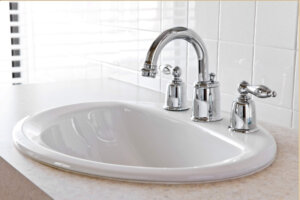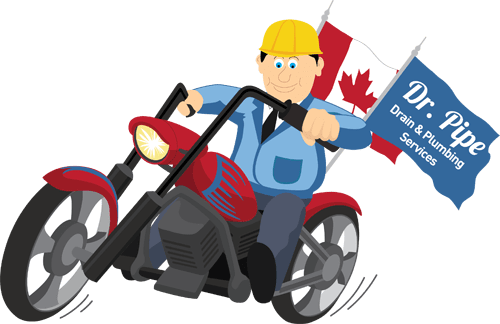Give us a call today at 613 791 5777 for a free upfront estimate!

While it is true that plumbing issues can happen any time of the year, for some reason many plumbing troubles crop up when spring arrives. Once the snow disappears and the ground thaws, the problems that remained hidden all winter long crop up. Thankfully, many of the plumbing issues so common during the spring month are associated with real easy solutions. Below some of the most common problems are explored as well as how to solve them. Read up and ready yourself for spring thaw.
Ah spring … it is the season associated with flowers, birth, new beginnings, and light pastel colors. Spring should bring a smile to your face. There are budding trees, new blooms, and the promise of warm months to come. It is the season of love and romance and … yes a bit of madness. If you have plumbing issues after the winter thaw, you will get familiar with the madness all too quickly. First, you may find your gutters are all clogged up from the autumn leaves that, once looked so lovely, prove a soggy, gross mess in your gutters now.
Add all the fun rain and showers that come with the end of March and the month of April, and you have got a future spring plumbing problem on your hands … a big problem too. Then you wake up one morning to go to work on a Monday only to find there is now a mote around your home filled to the brim with fresh, cold spring water and mud.
When Your Faucet is a Mere Drizzle
When you want to bask in the rush of water that spouts forth from your showerhead and all you get is a trickling line of water that is fast depleting into a drip, you are bound for irritation. When your water pressure is not up to par, the water flow coming from the showerhead or any faucet in your home is also not up to par. Thankfully, the majority of issues causing low water pressure are something you can easily deal with on your own. Try the following solutions for the various low water pressure situations that arise:
- Check the quality of your pipes and if they currently meet contemporary building codes. Make sure the pipes are the correct size since pipes that are undersized can restrict the passage of water. If an upgrade is necessary and you are capable of replacing the pipes on your own then do so. If you are unsure how to replace pipes, get a pro to help you do the job.
- When checking out your pipes, see if you notice any leaks. Leaks will most certainly contribute to the lack of water pressure. A tip for leak discovery: Shut off the water valve for a half day. Note what the water meter says before doing so. See if, after a half day passes and the water valve is off, if there is an increase in the level on the water meter. If so, you have got a leak to deal with, and it is time to repair the pipes.
Check every inch of the water pipes, you have and look for debris and rust. Corrosion can definitely lead to low water pressure. If the pipes are corroded, get new ones, and if they are dirty, clean them.
Give us a call today: 613 791 5777 for a free upfront estimate!




